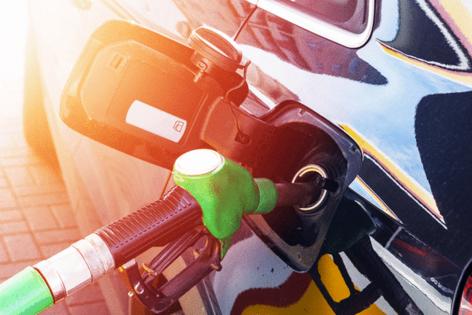Motormouth: Top tier gas
Published in Business News
Q: Neither my husband nor I understood your reply in our paper recently. We both use Citgo 87 and the stations we go to state "Top Tier." You said Citgo doesn't meet Top Tier standard. Can you please clarify your reply?
L.S., Manchester, Connecticut
A: I stand corrected. Citgo is Top Tier. Some gas stations dispense unbranded gasoline even though the sign beside the road may be that of a well-known brand. If so, there should be a label on the pump noting that what is being dispensed is not from that brand. I encountered a Shell station nearby that has that message on the pump. I drove on to another station.
Q: Thanks for your column as I enjoy reading it every weekend. The person who purchased the 1963 Chevrolet Nova with the 1968 Corvette engine should not use synthetic oil as this power plant will likely have a flat tappet camshaft. These lifters need zinc, and products designed for classic engines are readily available. Cars of this type need to be driven on periodic outings for at least 20 minutes and not started just to sit and idle. Moisture needs to be evaporated by getting everything mechanical up to operating temperatures. This sounds like a great car for someone to enjoy.
L.R., Chicago
A: Good information, but the reader didn’t explain what was done to the rebuilt Corvette engine. Heck, it may have gotten a cam and roller lifters for all I know. Yes, the oil should contain ZDDP for vintage engines.
Q: I purchased a 2024 Elantra Hybrid Limited a couple of months ago. What’s your opinion on a break-in period oil and filter change at about 3,000 miles? I have about 3,200 as of today. Do you think it makes sense to change the oil and filter at that point? The owner’s manual calls for oil and filter changes every 8,000 miles. I look forward to your advice.
D.B., Stillwater, Minnesota
A: A long time ago, break-in periods were as short as 100 to 200 miles. Many components, including bearings and piston rings, had to wear-in. Changing the oil got rid of unwanted metal particles as well as casting sand. Today, all you need to do is drive gently for the first 1,000 miles. No jackrabbit starts, heavy towing and so on. Carmakers want you to be happy with their vehicles so, if they needed a break-in oil change, the owner’s manual would say so. Of course, you are free to change your oil as often as you like, but it’s unnecessary.
Q: I recently had a flat tire and waited almost two hours for my road service company to come out and change the tire. I am considering buying run-flat tires for my vehicle. They are vastly improved over earlier versions and there are so many people who physically cannot change a tire or don’t know how. Some cars don’t even have a spare tire. The new run-flats are much quieter and ride better than the previous generation. What am I missing?
A.G., St. Charles, Illinois
A: You’re right. Run-flat technology has improved. But two things to consider are price and repairability. The initial price for run-flats is higher than traditional tires, but you probably already know that. The other consideration is that they cannot be repaired. They’re designed to let you travel up to 50 miles at 50 mph after they've been damaged, but then must be replaced. Simply weigh the cost against convenience, security and safety.
©2024 Tribune Content Agency, LLC.












Comments